Durante más de cincuenta años, los esfuerzos de FUNDAEC han mostrado cómo un proceso educativo que integra las dimensiones científicas y espirituales de la naturaleza humana puede impulsar la transformación de las comunidades en los ámbitos material y moral.
Durante su trabajo inicial en la región colombiana conocida como norte del Cauca, FUNDAEC estableció el concepto de “universidad rural”. Más que un lugar, la universidad rural era un espacio social en el que los habitantes de una región podían aprender sistemáticamente sobre su propio desarrollo. Su objetivo era poner en marcha y catalizar procesos dentro de la población que condujeran a un desarrollo sostenido, donde la ciencia moderna y el conocimiento tradicional pudieran encontrarse con dignidad e interactuar armoniosamente.
A medida que los primeros profesores y estudiantes de la universidad rural trabajaron en la región, surgió un enfoque de investigación-acción, centrado en el estudio continuo de los procesos de la vida comunitaria. Entre estos procesos, se priorizaron varias áreas de actividad:
1, El fortalecimiento de la capacidad individual y colectiva a través de la educación,
2. La creación y adaptación de modelos de producción y tecnologías adecuadas a las necesidades y condiciones de la región.
3. La creación de estructuras y organizaciones comunitarias sólidas que permitan una toma de decisiones activa y una ejecución autónoma de los proyectos de desarrollo.
La investigación de estos procesos de la vida comunitaria abordó las siguientes áreas: producción en pequeñas parcelas, apoyo tecnológico a la actividad agraria, comercialización y flujo de dinero y bienes, desarrollo de recursos humanos, socialización y educación de los niños, toma de decisiones y flujo de información. Para cada uno de estos se puso en marcha el correspondiente “proceso de aprendizaje” en un número creciente de comunidades para buscar alternativas y generar fuerzas sociales dentro de la población rural que influyeran en la dirección del desarrollo.
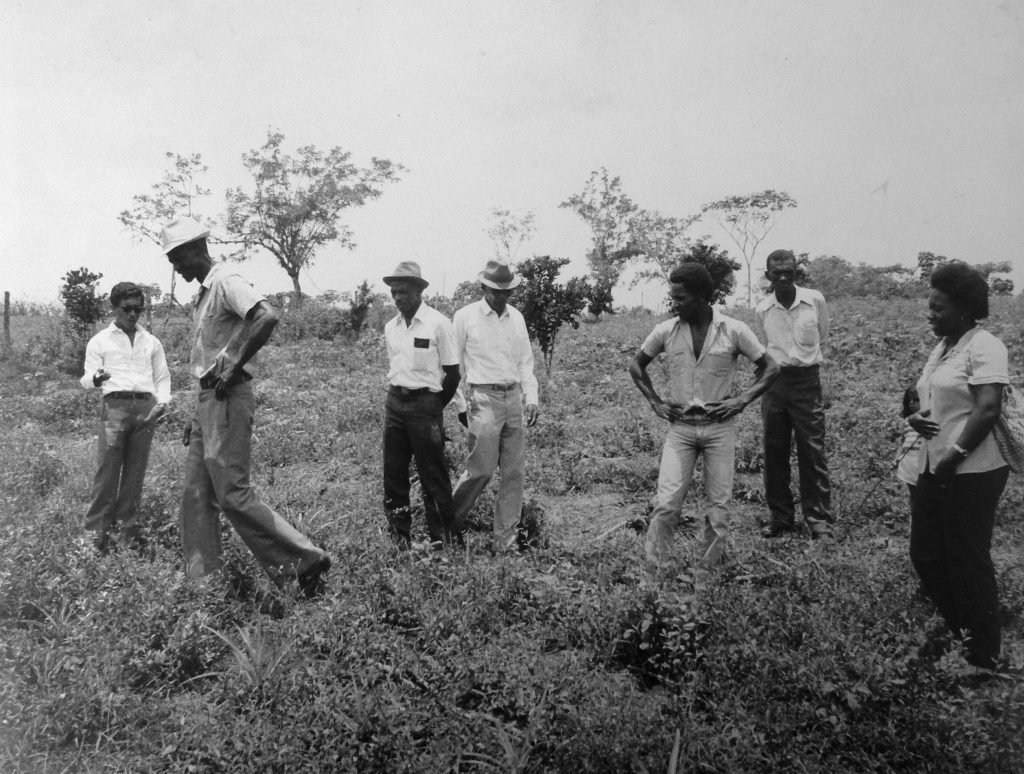
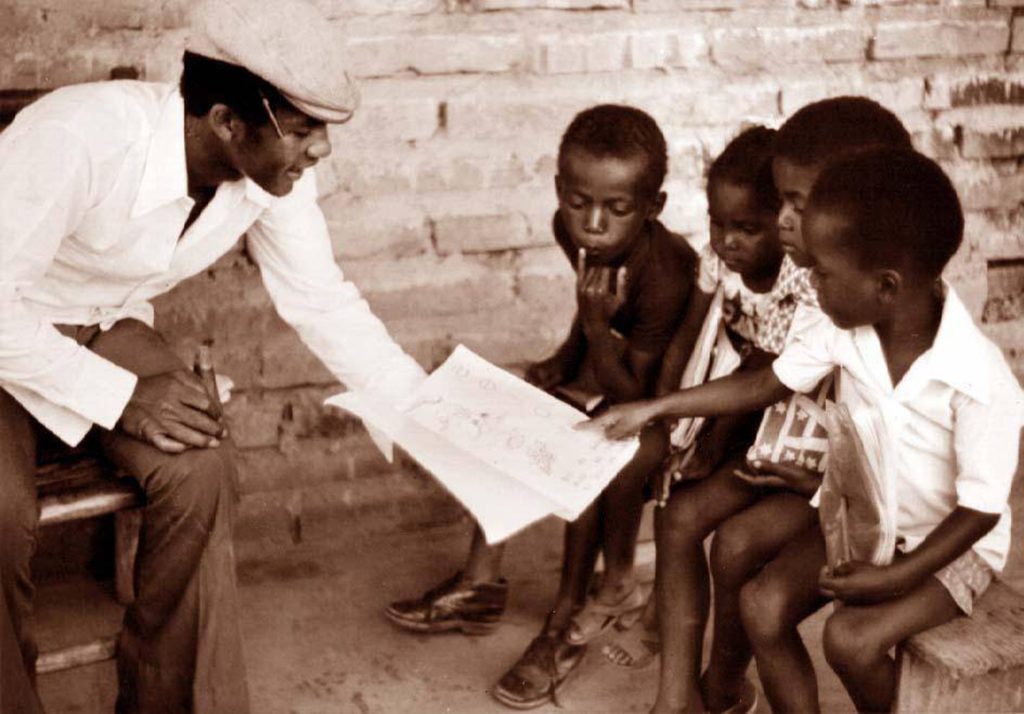
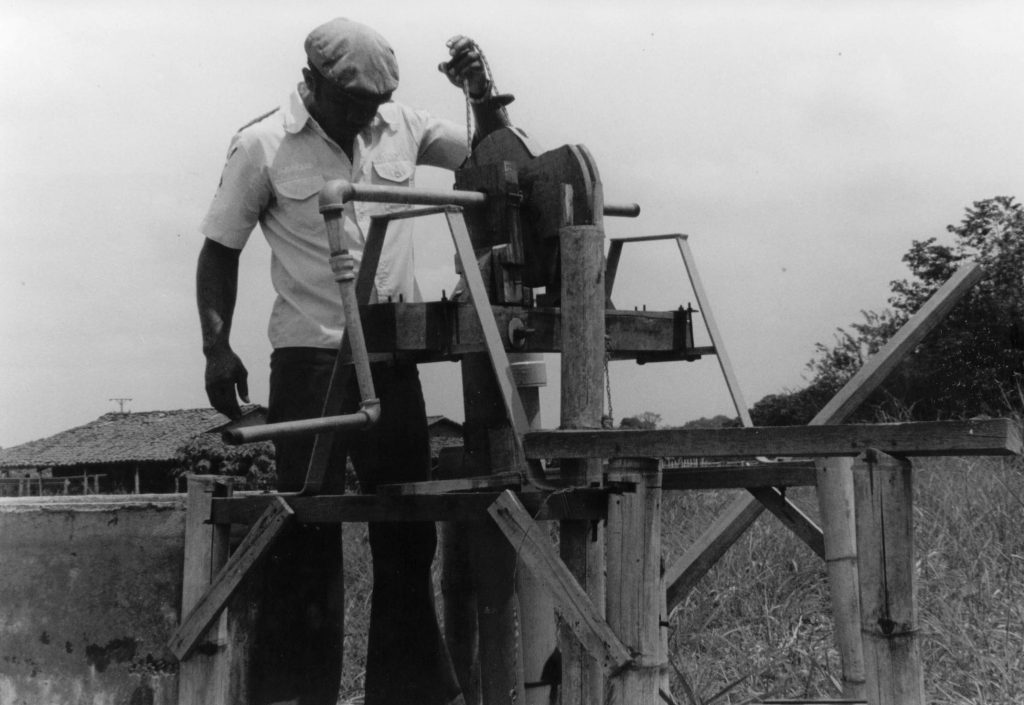
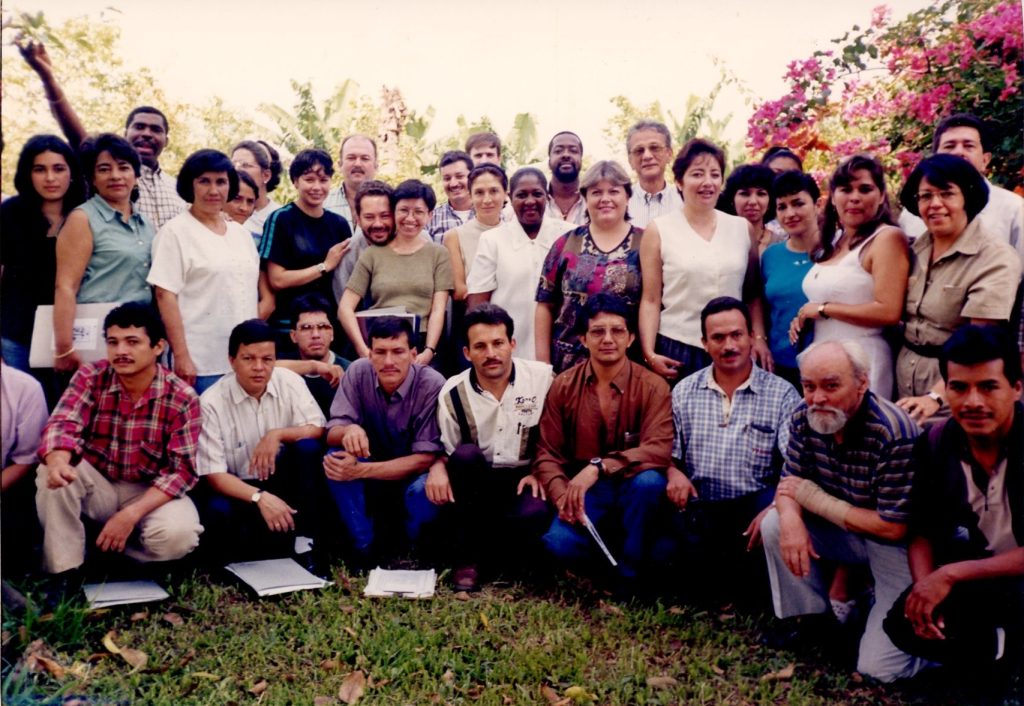
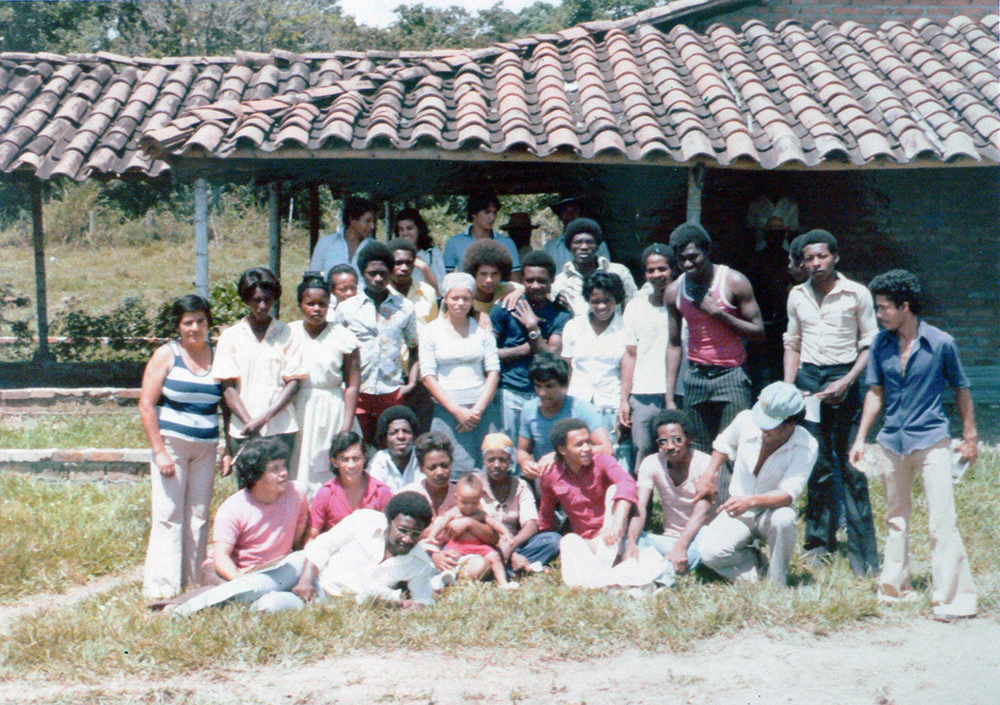
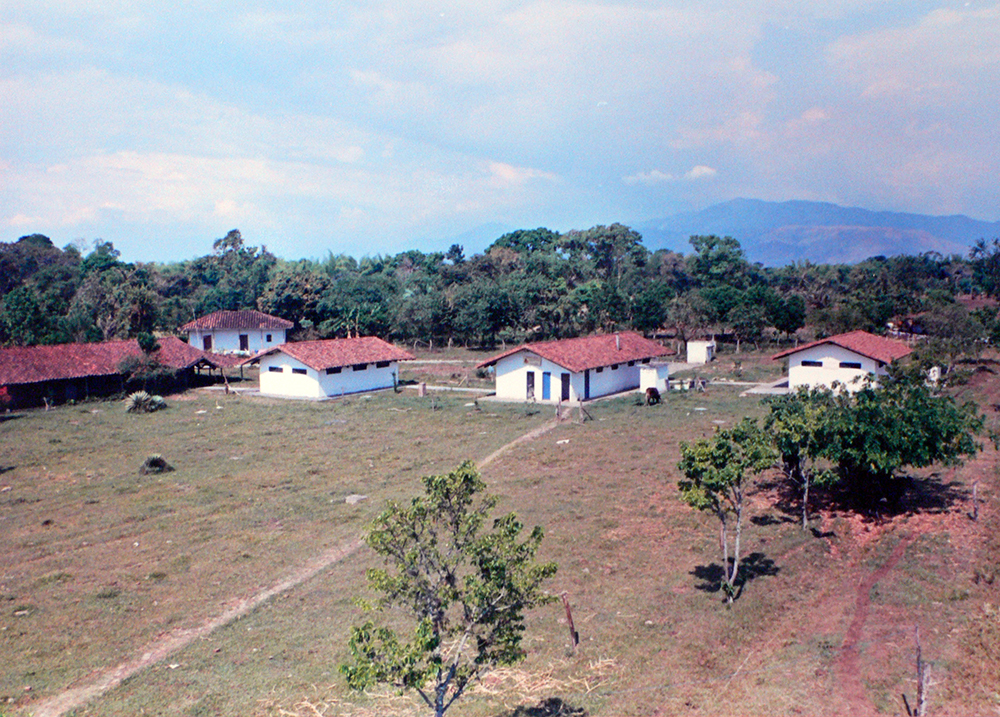
Con base en el aprendizaje de sus primeros años de trabajo y en respuesta a la necesidad de fortalecer la capacidad para promover el bienestar de la comunidad, a principios de la década de 1980 FUNDAEC creó el programa Sistema de Aprendizaje Tutorial (SAT). El enfoque transformador del SAT en la educación secundaria se centró en: despertar en sus estudiantes un fuerte interés por la investigación, animarles a estudiar en profundidad los problemas de sus comunidades y fomentar su entusiasmo y compromiso por usar la ciencia en la búsqueda de soluciones.
La singularidad del SAT se distingue por el énfasis en la integración: de la teoría y la práctica, la sabiduría tradicional y el conocimiento moderno, lo abstracto y lo concreto, lo espiritual y lo material, lo social y lo técnico, y el estudio orientado al servicio, el trabajo y el desarrollo de la comunidad.
Las relaciones pedagógicas no son las tradicionales, sino que consisten en un grupo de personas que trabajan juntas por un objetivo común. Estudiantes y tutor, que son de la misma comunidad o región, desafían juntos problemas concretos y enfrentan un estilo de encuentro que abre el camino al autoaprendizaje. Con el tiempo, el SAT recibió reconocimiento legal formal y amplió sus programas a través de otras organizaciones de desarrollo e instituciones públicas en Colombia.
En 2003, en Colombia, el SAT había llegado a 50.000 estudiantes de 2.300 comunidades, 500 municipios y 19 departamentos (aproximadamente un tercio de las zonas rurales de Colombia). A nivel internacional, otras instituciones de Brasil, Honduras, Nicaragua y Ecuador establecieron el programa en esos países con la aprobación respectiva de sus gobiernos.
Durante este periodo, FUNDAEC también creó el Centro Universitario de Bienestar Rural (CUBR) en 1988, que formó y profesionalizó tanto a los tutores del SAT como a una creciente población de profesores a distancia deseosos de recibir formación profesional adicional. El CUBR otorgó múltiples títulos universitarios y de posgrado en Educación para el Desarrollo a más de 1.000 estudiantes de nivel de pregrado y a más de 270 de posgrado.
Para responder al interés mostrado por un número cada vez mayor de países de todo el mundo en adoptar el programa SAT, FUNDAEC comenzó a ofrecer una versión revisada del primer nivel del SAT denominada “Preparación para la Acción Social” (PAS), que permite el uso generalizado a nivel mundial del contenido, el sistema y el enfoque probados del SAT. Mientras que el programa SAT ha llegado ya a unos 300.000 jóvenes en Colombia y otros países de América Latina, el programa PAS, creado en 2006, se ha implementado en 17 países de África, Asia, América Latina y el Pacífico, y hasta ahora ha llegado a más de 10.000 participantes en esas regiones.
Los países que ofrecen PAS son: Colombia, Ecuador, Panamá, Bolivia, Costa Rica, Zambia, Uganda, Camerún, República Democrática del Congo, Kenia, República Centroafricana, Papúa Nueva Guinea, Vanuatu, Filipinas, Camboya, Malasia e India. En otros 15 países se han dado los primeros pasos para crear capacidad de cara a la introducción del programa, en respuesta a las peticiones locales.
Durante este periodo, FUNDAEC también abordó la necesidad de formación post-secundaria mediante la creación de su programa de Apoyo a Líderes Comunitarios. El programa está diseñado para ayudar a los jóvenes que estudian un oficio o profesión a fortalecer el bienestar de sus familias y comunidades a través de iniciativas medioambientales, de desarrollo juvenil y de organización comunitaria. También pretende fortalecer su capacidad para inspirar y motivar a otros a servir, contribuyendo así a la creación de una cultura de paz y un tejido social más fuerte.
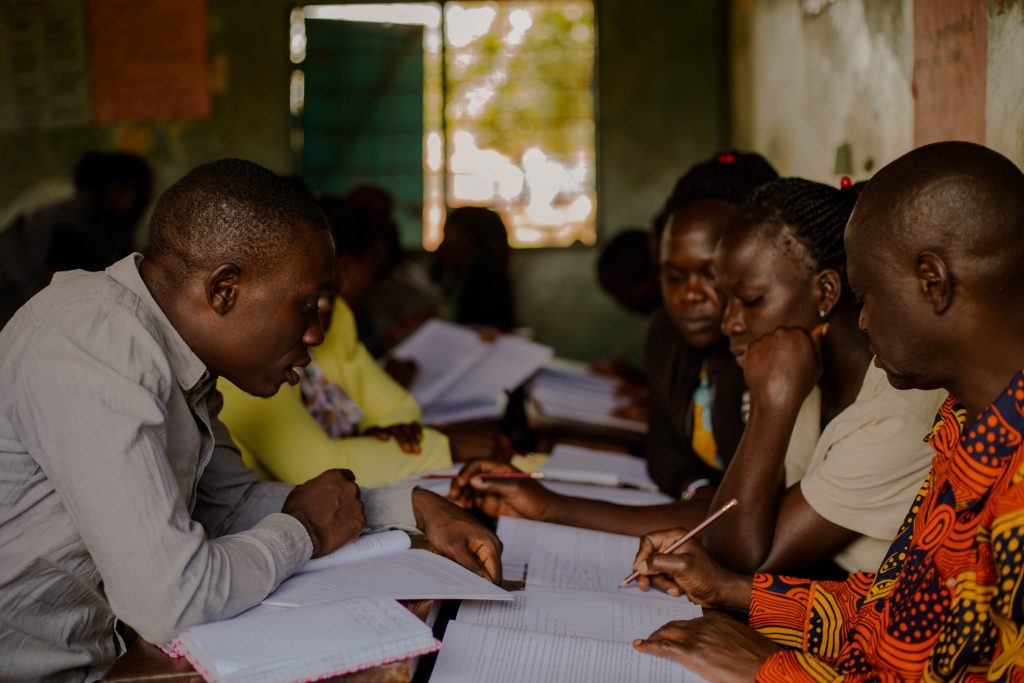
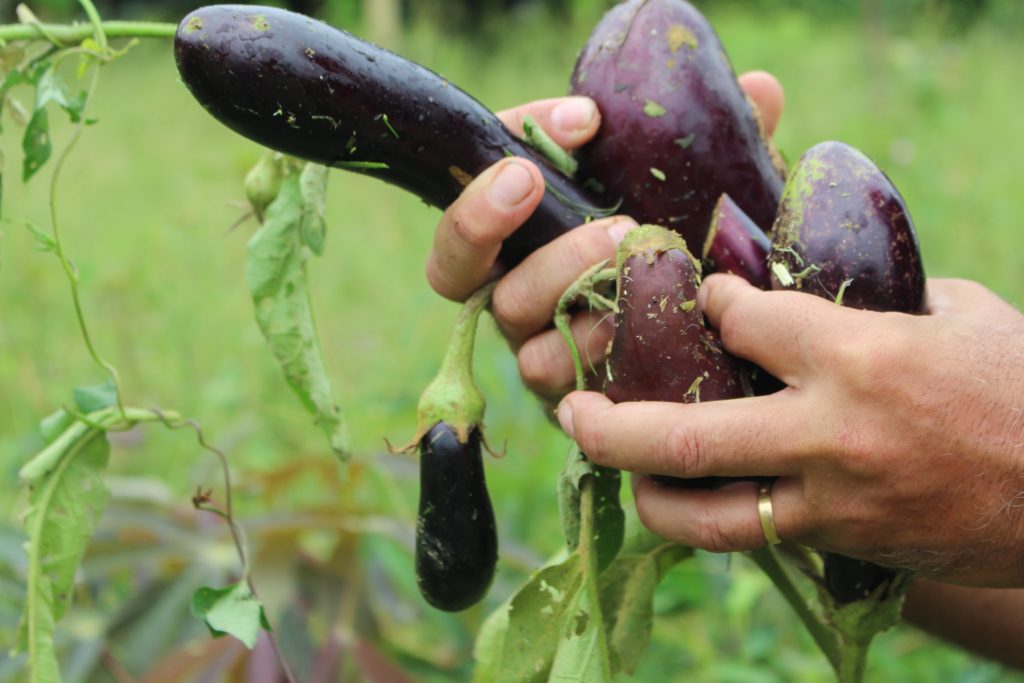
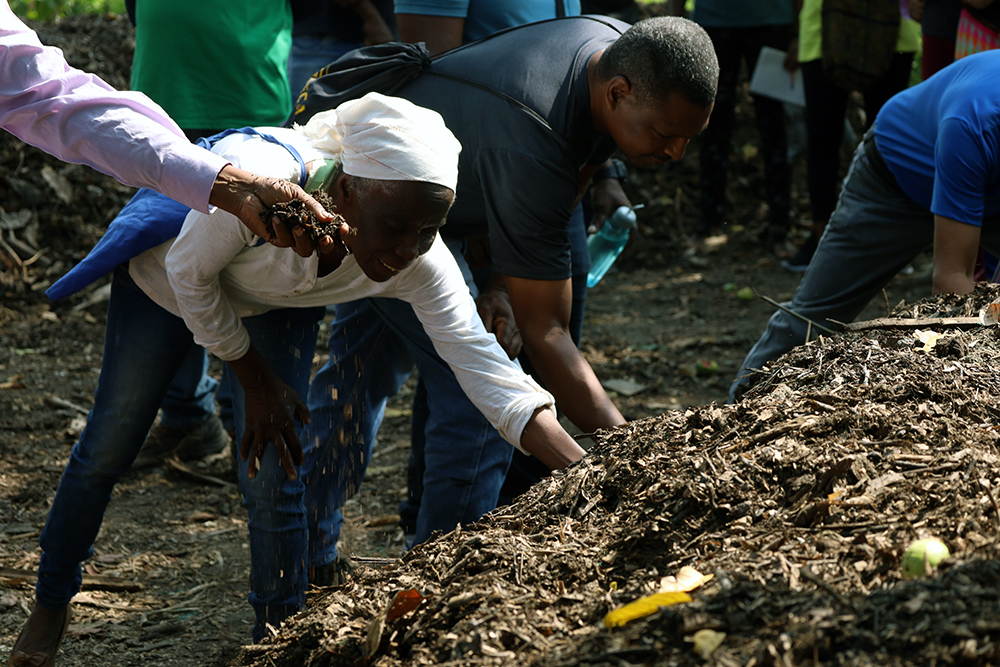
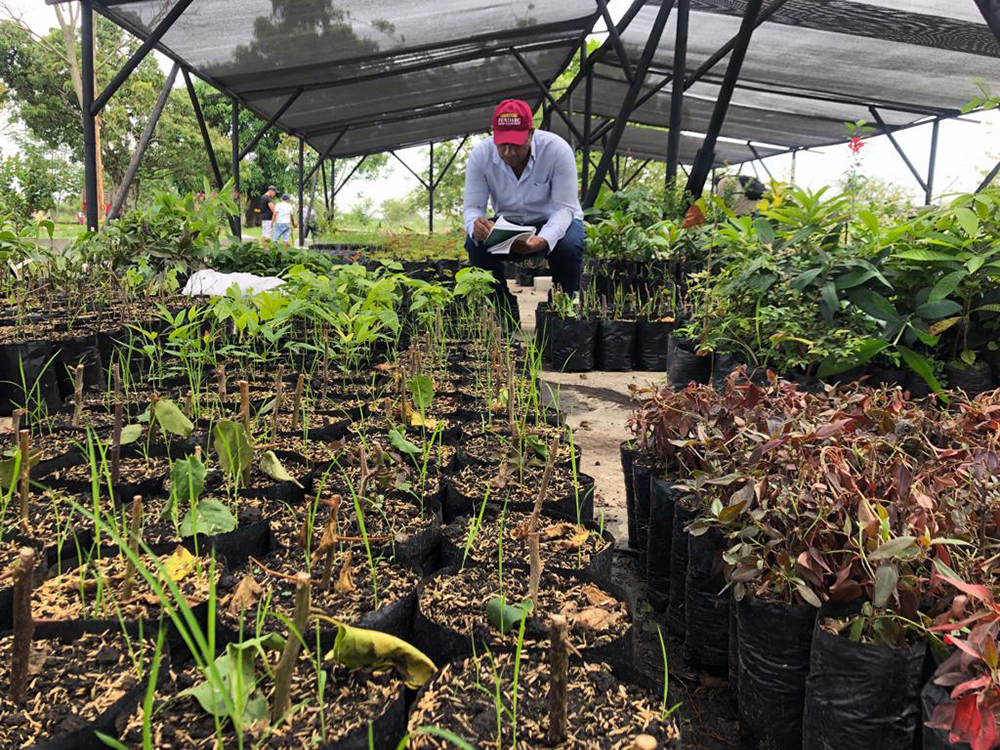
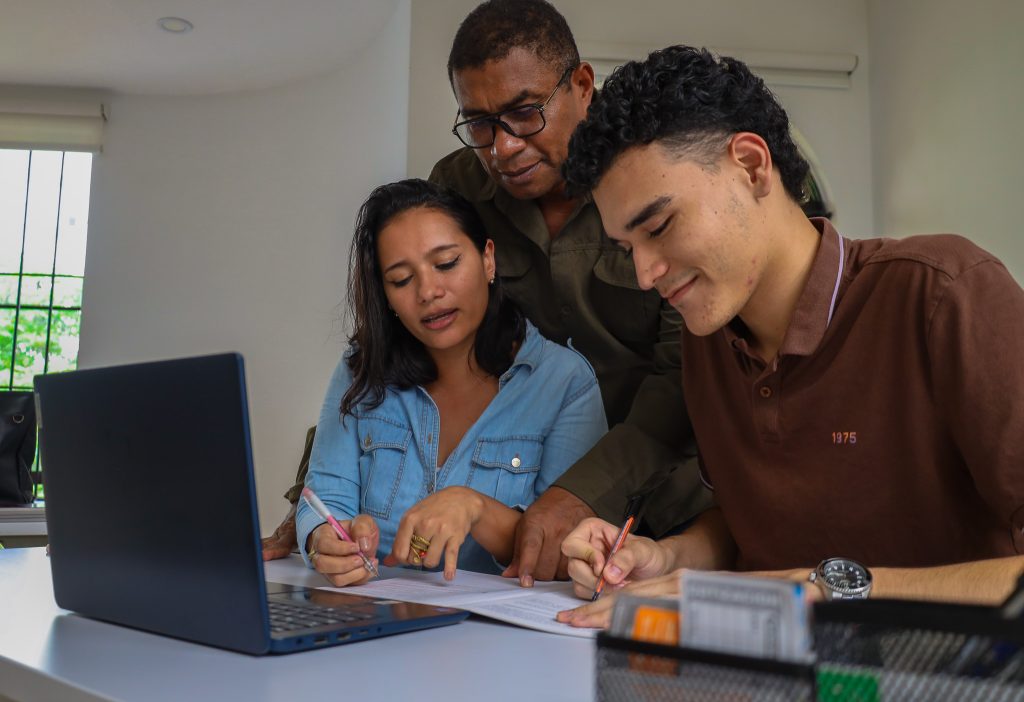

La exitosa colaboración de FUNDAEC con docenas de organizaciones, tanto para establecer el programa SAT en Colombia como para difundir su plan de estudios por todos los continentes, demuestra su capacidad para unir a la gente en torno a la causa global de la educación para el desarrollo. Motivada por la urgente necesidad de acelerar la transición hacia una sociedad basada en enfoques económicos, ambientales y sociales que se rijan por la cooperación, la reciprocidad y la solidaridad, FUNDAEC está preparada para avanzar en su impacto en tres frentes interrelacionados a través de las siguientes iniciativas plurianuales:
Contribuir al discurso y práctica global
Mientras participamos en el discurso nacional y global sobre el acceso a los alimentos, el medio ambiente y el cambio de los actuales modelos económicos y de producción a enfoques regenerativos, compartiremos nuestra metodología, experiencia, investigación, publicaciones, cursos, servicios de desarrollo curricular, mejores prácticas y lecciones aprendidas en la integración de los aspectos espirituales, materiales y sociales del desarrollo con profesionales de todas las disciplinas.
Ampliación de nuestros colaboradores de base
Intensificaremos y ampliaremos nuestra colaboración con organizaciones de base dirigidas por jóvenes, mujeres y/o agricultores que estén desarrollando enfoques innovadores para la seguridad alimentaria y la sostenibilidad medioambiental, con el objetivo de multiplicar el alcance y el impacto de soluciones que sitúen la participación de las personas en el centro del desarrollo.
Desarrollo de prácticas agrícolas regenerativas
Como continuación de nuestro compromiso de largo aliento con la agricultura regenerativa, estamos estableciendo un centro de aprendizaje agrícola participativo y demostrativo en la región del norte del Cauca que involucrará a los habitantes de la zona y a una amplia red de organizaciones locales asociadas en el desarrollo y la puesta a prueba de innovaciones que contribuyan a la producción de alimentos sanos.
También nos basaremos en los bosques nativos que hemos empezado a establecer cerca del lugar de aprendizaje y en las sólidas alianzas que hemos forjado con un jardín botánico, un proyecto de reforestación y una red de viveros de árboles situados en las proximidades. El aprendizaje de esta iniciativa mejorará nuestros esfuerzos mencionados anteriormente en relación con la participación en el discurso global y el fortalecimiento de las alianzas estratégicas.